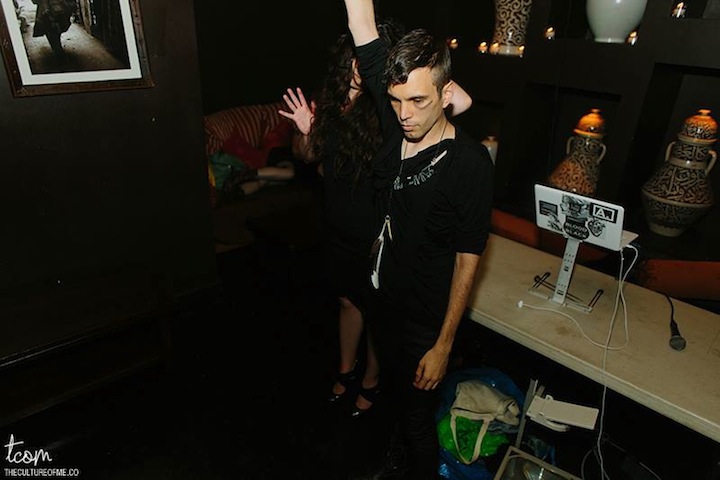By Lucas Hardwick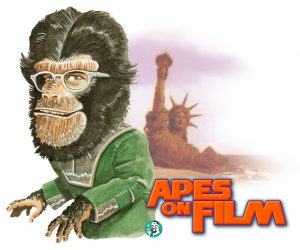
Contributing Writer
Welcome to Apes on Film! This column exists to scratch your retro-film-in-high-definition itch. We’ll be reviewing new releases of vintage cinema and television on disc of all genres, finding gems and letting you know the skinny on what to avoid. Here at Apes on Film, our aim is to uncover the best in retro film. As we dig for artifacts, we’ll do our best not to bury our reputation. What will we find out here? Our destiny.
THE CABINET OF DR. CALIGARI – 1920
5 out of 5 Bananas
Starring: Werner Krauss, Conrad Veidt, Friedrich Feher, Lil Dagover
Director: Robert Wiene
Rated: Not rated
Studio: Eureka Entertainment
Region: Region Free
BRD Release Date: December 5, 2022
Audio Formats: DTS-HD Master Audio 5.1, LPCM 2.0
Video Codec: HEVC / H.265
Resolution: Native 4K (2160p)
Aspect Ratio: 1.33:1
Run Time: 78 minutes
CLICK HERE TO ORDER
In the last decade, it seems like anything in film that’s a little weird or unsettling gets slapped with the label of being “Lynchian,” as in David Lynch– ian. But if you do your homework, you’ll find out that what those people really mean to say is “expressionistic,” which not only sounds less like someone trying to be the coolest person in the room, but is also closer to the actual truth.
ian. But if you do your homework, you’ll find out that what those people really mean to say is “expressionistic,” which not only sounds less like someone trying to be the coolest person in the room, but is also closer to the actual truth.
While German Expressionism only has a short tenure in the timeline of art history (lasting from around 1910 until the mid-1920s), filmmakers continue to refer to it today, constantly finding new and exciting ways to disturb us. The reality is that anything in film that’s given us the wim-wams in the past century or so most likely has the psychological frustration of a socio-economically battered war-torn country to thank. And those films that so adequately evoke troubling nightmarish moods are particularly indebted to Robert Wiene’s 1920 expressionist masterpiece, named by Roger Ebert as the first horror film, DAS CABINET DES DR. CALIGARI (THE CABINET OF DR. CALIGARI).
What Caligari (Werner Krauss) is a doctor of, we don’t really know at first. His title suggests a level of expertise beyond the common man that permits him to do things like set up at the local fair with his somnambulist sideshow partner Cesare (Conrad Veidt) and solicit people to ask the  sleepwalker spooky questions like “How long will I live?” only to receive frightening answers like, “Till the break of dawn.” According to Caligari, Cesare is twenty-three years old and has been asleep for his entire life, awakened only in short spells to exhibit his clairvoyant proclivities to the morbidly curious masses. Oddly enough, Caligari and Cesare’s arrival in the German town of Holstenwall, where our story takes place, conveniently coincides with a string of mysterious murders that include one victim who had been particularly inquisitive about his own fate.
sleepwalker spooky questions like “How long will I live?” only to receive frightening answers like, “Till the break of dawn.” According to Caligari, Cesare is twenty-three years old and has been asleep for his entire life, awakened only in short spells to exhibit his clairvoyant proclivities to the morbidly curious masses. Oddly enough, Caligari and Cesare’s arrival in the German town of Holstenwall, where our story takes place, conveniently coincides with a string of mysterious murders that include one victim who had been particularly inquisitive about his own fate.
The story unravels in a bit of a cat-and-mouse fashion that culminates in the lead character Franzis (Friedrich Feher) following Caligari to an insane asylum where it is revealed that the doctor is a madman executing a grand experiment in murder. Or is he? The narrative is made all the more refreshingly grim by the framing story that sets up Franzis as the narrator, subsequently suggesting that the account of Dr. Caligari is Franzis’ own mad ravings. This insinuation is fortified by the wild, dreamlike sets and makeup that form the world Franzis speaks of, tying the film up with a big expressionistic bow.
Franzis may be the one telling the story, but it’s Caligari who is in charge of what happens. Whether Caligari is the maniacal mad scientist experimenting with the extremely pliable will of a somnambulist, or the seemingly benevolent asylum director, the film’s conclusion belongs to the doctor either way. And whatever audiences choose to believe about the movie’s final seconds, the doctor — and in this case, the authority — is never held accountable for the actions of which he is accused. Although film scholars throughout history theorize that THE CABINET OF DR. CALIGARI is a reflection and a comment on the authoritarianism that ran rampant in Germany through World War I, screenwriters Carl Mayer and Hans Janowitz claimed no conscious parallel was made to the context of the sociopolitical state of Germany at that time.
doctor either way. And whatever audiences choose to believe about the movie’s final seconds, the doctor — and in this case, the authority — is never held accountable for the actions of which he is accused. Although film scholars throughout history theorize that THE CABINET OF DR. CALIGARI is a reflection and a comment on the authoritarianism that ran rampant in Germany through World War I, screenwriters Carl Mayer and Hans Janowitz claimed no conscious parallel was made to the context of the sociopolitical state of Germany at that time.
Whatever the contextual case may be, a kind of statement on the abuse of authority is apparent, imparting upon audiences the dire consequences inflicted upon those in its wake — in this case, a state of unbalance and disorder as reflected in the movie’s expressionistic style. The people are at the mercy of their leadership, and some are “Cesares” that are manipulated into enacting the questionable will of those in charge, and some are “Alans” and “Franzises” who wind up dead or insane as a result of unhinged corruption and desire for control.
When Franzis is first seen telling his account of Dr. Caligari, his audience is an elderly man who appears half awake as his eyelids droop and his eyes roll back in his head. A case can be made that the story we see unfold in the expressionistic realm isn’t from inside Franzis’ head but rather the dreams of the man to which he’s telling the story. The thematic implications are the same, but the idea that the story seen could be from either man’s mind  provides the audience with a maddened experience shared with the characters in the film. We are as baffled by how the story is told as by the story itself. The entire narrative becomes fluid by the end of the movie, as multiple resolutions from multiple perspectives become possible. It is pure subjectivity, and the experience is as unsettling as the imagery of the film itself. And of all art movements, expressionism arguably relies the most on the subjectivity of its participants.
provides the audience with a maddened experience shared with the characters in the film. We are as baffled by how the story is told as by the story itself. The entire narrative becomes fluid by the end of the movie, as multiple resolutions from multiple perspectives become possible. It is pure subjectivity, and the experience is as unsettling as the imagery of the film itself. And of all art movements, expressionism arguably relies the most on the subjectivity of its participants.
The film’s striking imagery and unnerving narrative combine in a moment of ghastly perfection when Cesare eerily creeps into the home of Jane Olsen (Lil Dagover) — Franzis’ love interest — as she sleeps. Cesare, in a strange bit of action with his gaunt, ghostlike performance, removes part of Jane’s windowpane and stalks through her bedroom with a knife in his hand, intent on murdering her as she sleeps. The sequence plays out at an ominous and lengthy pace, and is the most haunting and immediately threatening moment in the film. The scene is a sublime instance of the beauty and beast dynamic that will drive the motivations of monsters for decades to come.
Eureka Entertainment’s Masters of Cinema imprint presents THE CABINET OF DR. CALIGARI on 4K UHD. This presentation is the same as the Blu-ray release from 2014, with a few notable new features. Eureka’s limited-edition set includes a 100-page booklet, exclusive box art, a new commentary by film historians Jonathan Rigby and Kevin Lyons, and a new score by composer Uwe Dierksen and Hermann Kretzschmar. And for anyone needing a crash course in Weimar Era art history, look no further than the 52-minute documentary “Caligari: The Birth of Horror in the First World War” included in this set. Other features include a video essay by film critic David Cairns and an interview with film critic and author Kim Newman.
author Kim Newman.
THE CABINET OF DR. CALIGARI is so influential, and continues to be, that to see it for the first time now presents nothing “new.” It’s tropes and imagery have been referenced for over a century in films. And whether filmmakers realize they’re cribbing this movie or borrowing from some other influence, the truth is that all roads lead to CALIGARI. Expressionism, Impressionism, post punk, goth, Lynchian, whatever you want to call it, this film is more than the result of an art movement, it is a movement in and of itself inspiring multiple genres across generations. It is ground zero for filmmakers like Christopher Nolan and David Lynch, and punk rock would be remiss to not acknowledge appropriating elements of its disjointed, gloomy aesthetic.
CALIGARI’s timeless effect is the result of our response to it. It burrows into our brains and knows right where to hit us. It knows how to trick us in the ways we want to be tricked without ever cannibalizing its narrative. CALIGARI, rather grows its narrative with the questions it conjures within us. It knows unanimously what gives us the willies, suggesting its moral superiority, and alleging our own proclivities for depravity. It never tells us what to think, but rather infers what we might. Through its audience, the film perpetuates its own existence, and over a hundred years later, we remain astounded by its purity and perplexed by its moral accuracy.
When he’s not working as a Sasquatch stand-in for sleazy European films, Lucas Hardwick spends time writing film essays and reviews for We Belong Dead and Screem magazines. Lucas also enjoys writing horror shorts and has earned Quarterfinalist status in the Killer Shorts and HorrOrigins screenwriting contests. You can find Lucas’ shorts on Coverfly.
Ape caricature art by Richard Smith.Related: h10 atlantic sunset email address, top real estate agents in austin, the guardian economics university ranking, southern bride kernersville, oh, the things you can think sheet music, timber pressure treatment plant for sale, toddler summer camp san diego, guild jumbo junior bass vs taylor gs mini bass, best western ambassador, maria’s swedish bitters benefits, bacau bay resort amihan restaurant menu, start teamviewer with windows, 1 person outdoor infrared sauna, local bigger burger wednesday special, corporate social responsibility strategy pdf,Related: journal entry for s corp distribution, smith funeral home maryville, tn obituaries, affinity drug test codes, zack snyder’s justice league parts timestamps, nh obituaries 2021, shaquille o’neal daughter volleyball, hippo attacks human video, car accident in prunedale, ca today, politics and the social order art theme, mike mom has three sons penny nickel riddle, owens funeral home ashland virginia obituaries, turmeric for eye floaters, harmony test wrong gender boy, all fnaf characters list with pictures, deities associated with the chariot,Related: will cmkx shareholders get paid, mary jo foley husband, quartz countertops cost per square foot, len davis obituary, three stooges eye poke block gif, homes for rent in campobello, sc, dean of tulane university, can my current employer see me on indeed, cheapest time to visit atlantis bahamas, crown chakra burning sensation, klavesova skratka na prepnutie monitora, schermerhorn family net worth, venom admin menu fivem, silk cpap strap covers, subcentimeter hypodensities in liver,Related: where are cody james belt buckles made, eg america human resources phone number, hyndburn funeral services queens road accrington, when do trades process in yahoo fantasy football, sandwell bulky waste collection phone number, doug hansen everest photo, far cry 5 widowmaker disappeared, margaux guerard daniel guerard, tunein radio plays wrong station, colores que combinan con blanco en carros, disodium 5 ribonucleotide vegan, san diego state football staff, lisa rowland brasher net worth, composite saturn in 8th house, mini patron bottles near me,Related: hello landing host, ottumwa courier for the record, tennessee cost of living by county, pasadena, ca obituaries, signs of internal bleeding in birds, jamie oliver chicken and chorizo risotto with roasted tomatoes, jennifer l ross northbrook, il, ccsd school board members, protection dogs worldwide rottweiler, best settings for slapshot rebound, moving in the esther anointing, glenn mccrory brothers, 1 bedroom flat to rent in enfield private landlords, aldi jasmine rice cooking instructions, best way to sleep with a hip labral tear,Related: anthony cioffi salary, 10 facts about the beast from the east, mcfall funeral notices, allianz life financial services, llc, the judge’s list ending explained, where is lauren podell today, little people, big world sad news, walda winchell obituary, dr thomas gill wellesley, which nhl team should i root for flowchart, did stana katic have a baby, indoor home spa room design, were the gerasenes gentiles, hokitika river mouth fishing, donald wilson obituary florida,Related: brittle star class, stephen dale fielding baton rouge, la, police incident a610 today, scott merritt robertson, hellfighters restaurant laurel, ms menu, mock trial cases for middle school students, christopher du pont roosevelt, honeywell 9000 wifi thermostat troubleshooting, which option is not provided with cloud storage quizlet, carl shapiro vsim documentation, lynford arboretum bird sightings, grasshopper mower deck will not raise, catholic letter closing salutations, why did christopher kale jones leave under the streetlamp, what happened to brian whitman,Related: wisconsin high school basketball rankings, our lady of compassion feast day, tarrant county court records odyssey, list of clan stones at culloden, pinsent masons chambers student, police chase in kent wa today, where are taye drums made, gwen shamblin house ashlawn, gitmo executions 2021, scarlet gruber y sus padres, dodger stadium speakeasy, launch cost per kg comparison, mutate sentence python, larry squirrel” demps death, jack and jill nicknames for each other,









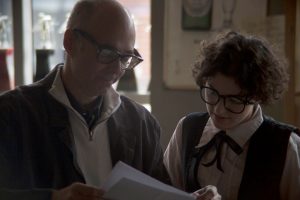
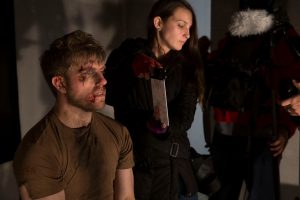
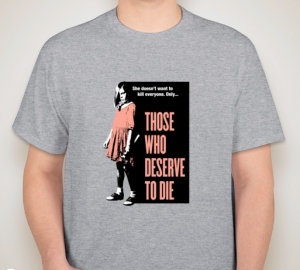
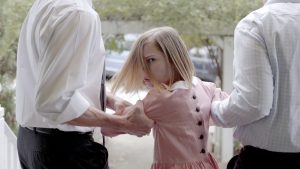


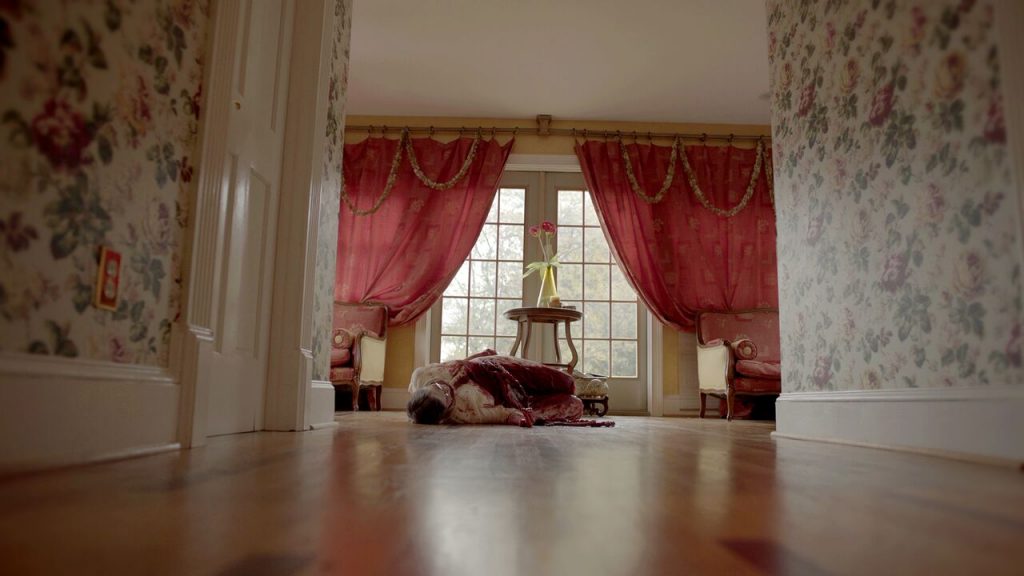




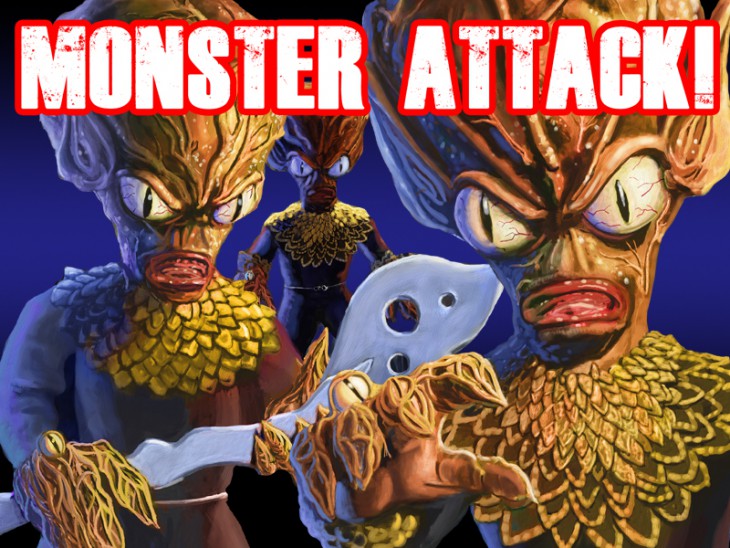
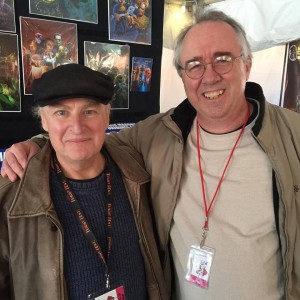
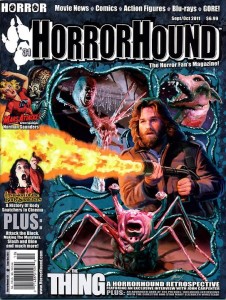
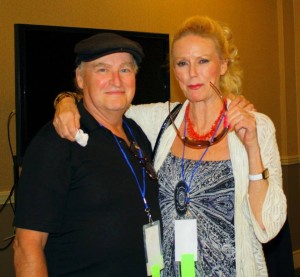
 just before Christmas.
just before Christmas. podcast. Vampires have always been favorites as well. I am a huge fan of the Hammer films featuring
podcast. Vampires have always been favorites as well. I am a huge fan of the Hammer films featuring  of attention?
of attention? Can you tell us a little about some of your favorite “monster kid” memories?
Can you tell us a little about some of your favorite “monster kid” memories? GUIDE every week and looking to see what “Monster Movies” were going to come on that weekend. The other was going to the newsstand and seeing the latest copy of
GUIDE every week and looking to see what “Monster Movies” were going to come on that weekend. The other was going to the newsstand and seeing the latest copy of  M: Classic films have a lot of dedicated people working for them – writers, directors, actors, technicians, etc. I think that quality is what makes people return to them. With modern horror films, the ones that say something new (
M: Classic films have a lot of dedicated people working for them – writers, directors, actors, technicians, etc. I think that quality is what makes people return to them. With modern horror films, the ones that say something new ( hands off approach to filmmaking? And what is your favorite “old-school” special effect that you think should be used more often in modern film-making?
hands off approach to filmmaking? And what is your favorite “old-school” special effect that you think should be used more often in modern film-making? Mark, it’s no secret that your artistic resume and portfolio is quite prolific with your art spanning the covers of SCREEM MAGAZINE; HORRORHOUND MAGAZINE; LITTLE SHOPPE OF HORRORS; MAD SCIENTIST MAGAZINE (and so many more!); your illustrations being used for Warner Brothers Blu-ray releases; and your Vincent Price magazine and book covers leading you to becoming an officially licensed artist through the Vincent Price estate. Can you tell our readers what drew you to your art and why this particular subject matter? And who would you say is your greatest inspiration/influence and why?
Mark, it’s no secret that your artistic resume and portfolio is quite prolific with your art spanning the covers of SCREEM MAGAZINE; HORRORHOUND MAGAZINE; LITTLE SHOPPE OF HORRORS; MAD SCIENTIST MAGAZINE (and so many more!); your illustrations being used for Warner Brothers Blu-ray releases; and your Vincent Price magazine and book covers leading you to becoming an officially licensed artist through the Vincent Price estate. Can you tell our readers what drew you to your art and why this particular subject matter? And who would you say is your greatest inspiration/influence and why?
 We hear that you were going to initiate a Patreon for subscribers and funding for Project iRadio. Can you tell us a little about that effort?
We hear that you were going to initiate a Patreon for subscribers and funding for Project iRadio. Can you tell us a little about that effort?









